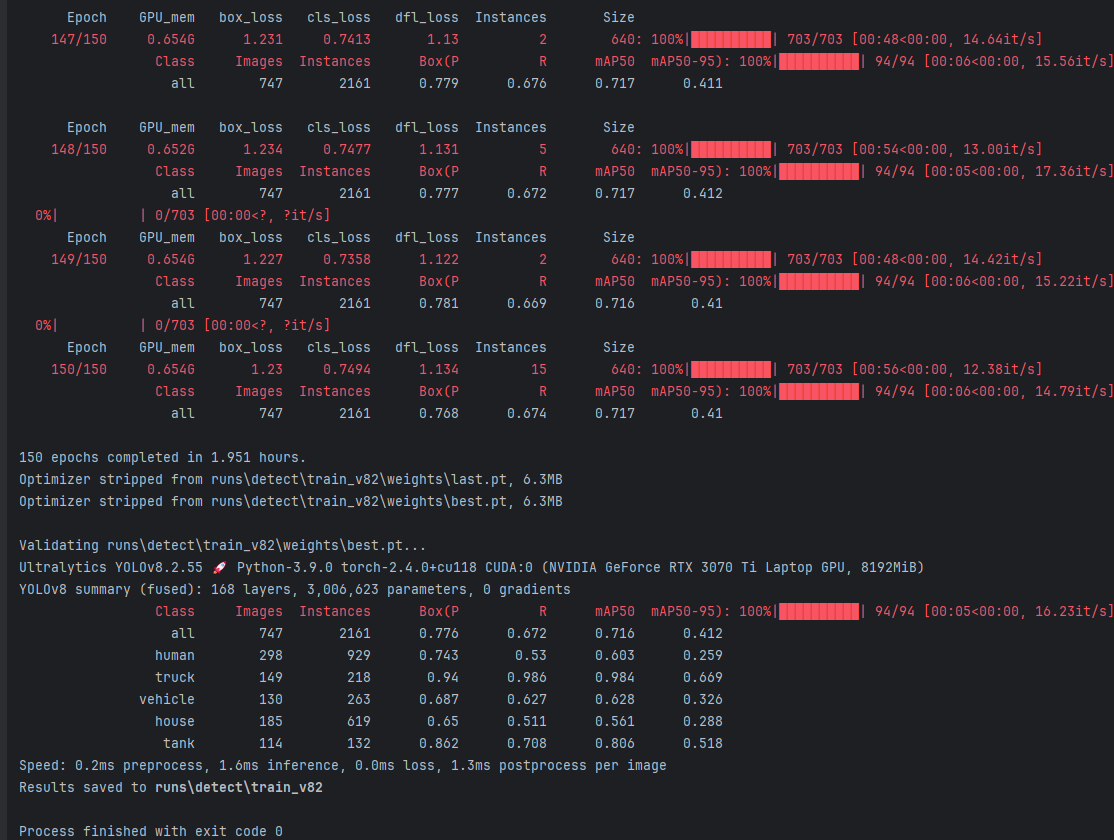适配器模式(Adapter Pattern)
适配器模式是一种结构型设计模式,它使得原本由于接口不兼容而不能一起工作的类可以协同工作。适配器模式通过将一个类的接口转换成客户端希望的另一种接口,使得原本接口不兼容的类可以一起工作。适配器可以是对象适配器或类适配器,对象适配器使用组合,类适配器使用多重继承。
实际应用
图形渲染库适配器
假设我们有一个旧的图形渲染库和一个新的图形渲染接口,我们需要使旧的库适配新的接口
#include <iostream>// 旧的图形渲染库
class OldGraphicsRenderer {
public:void drawCircle(float x, float y, float radius) {std::cout << "Old Renderer: Drawing Circle at (" << x << ", " << y << ") with radius " << radius << "\n";}void drawRectangle(float x, float y, float width, float height) {std::cout << "Old Renderer: Drawing Rectangle at (" << x << ", " << y << ") with width " << width << " and height " << height << "\n";}
};// 新的图形渲染接口
class NewGraphicsRenderer {
public:virtual void renderCircle(float x, float y, float radius) = 0;virtual void renderRectangle(float x, float y, float width, float height) = 0;
};// 适配器类,将旧的渲染库适配到新的接口
class GraphicsRendererAdapter : public NewGraphicsRenderer {
private:OldGraphicsRenderer* oldRenderer;
public:GraphicsRendererAdapter(OldGraphicsRenderer* renderer) : oldRenderer(renderer) {}void renderCircle(float x, float y, float radius) override {oldRenderer->drawCircle(x, y, radius);}void renderRectangle(float x, float y, float width, float height) override {oldRenderer->drawRectangle(x, y, width, height);}
};int main() {OldGraphicsRenderer oldRenderer;GraphicsRendererAdapter adapter(&oldRenderer);adapter.renderCircle(10, 10, 5);adapter.renderRectangle(20, 20, 10, 5);return 0;
}日志系统适配器
假设我们有一个旧的日志系统和一个新的日志系统接口,我们需要使旧的日志系统适配新的接口。
#include <iostream>
#include <string>// 旧的日志系统
class OldLogger {
public:void logMessage(const std::string& msg) {std::cout << "Old Logger: " << msg << "\n";}
};// 新的日志系统接口
class NewLogger {
public:virtual void info(const std::string& msg) = 0;virtual void error(const std::string& msg) = 0;
};// 适配器类,将旧的日志系统适配到新的接口
class LoggerAdapter : public NewLogger {
private:OldLogger* oldLogger;
public:LoggerAdapter(OldLogger* logger) : oldLogger(logger) {}void info(const std::string& msg) override {oldLogger->logMessage("INFO: " + msg);}void error(const std::string& msg) override {oldLogger->logMessage("ERROR: " + msg);}
};int main() {OldLogger oldLogger;LoggerAdapter adapter(&oldLogger);adapter.info("This is an info message");adapter.error("This is an error message");return 0;
}支付系统适配器
假设我们有一个旧的支付系统和一个新的支付接口,我们需要使旧的支付系统适配新的接口。
#include <iostream>
#include <string>// 旧的支付系统
class OldPaymentSystem {
public:void makePayment(double amount, const std::string& currency) {std::cout << "Old Payment System: Processing payment of " << amount << " " << currency << "\n";}
};// 新的支付接口
class NewPaymentInterface {
public:virtual void pay(double amount) = 0;
};// 适配器类,将旧的支付系统适配到新的接口
class PaymentAdapter : public NewPaymentInterface {
private:OldPaymentSystem* oldPaymentSystem;
public:PaymentAdapter(OldPaymentSystem* paymentSystem) : oldPaymentSystem(paymentSystem) {}void pay(double amount) override {oldPaymentSystem->makePayment(amount, "USD");}
};int main() {OldPaymentSystem oldPaymentSystem;PaymentAdapter adapter(&oldPaymentSystem);adapter.pay(100.0);return 0;
}
总结
适配器类通过包含或继承旧系统类,并实现新接口的方法,从而将旧系统的方法适配到新接口上。




